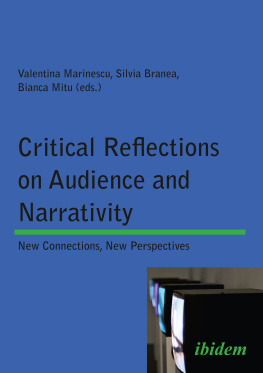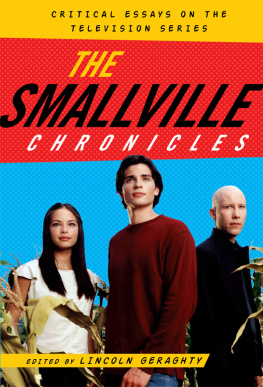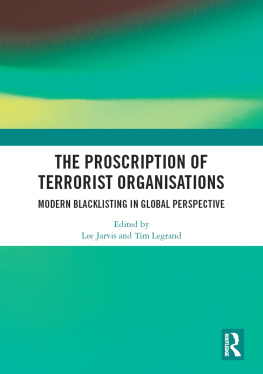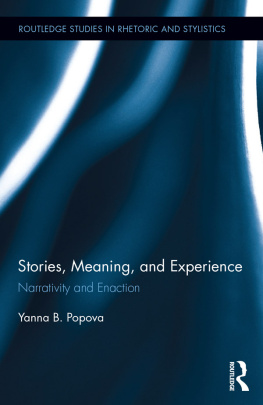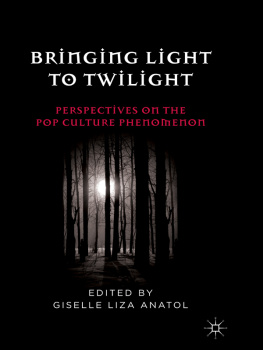Does the cultural capital compensate for the cultural discount? Why do German students prefer
US-American TV series ?
Daniela Schluetz , Beate Schneider
Many European countries but also other countries worldwide experience a predominance of US-American TV products. This is mainly due to the glo b alization effects rather than to the audience 's choice because viewers us u ally prefer products that are culturally proximate ( Straubhaar , 1991). German television ratings confirm this situation ( Zubayr & Gerhard, 2011) with the exce p tion of younger, well-educated viewers who seem to favor US-American fictional television content ( Zubayr & Ge r hard, 2010), particularly series ( Gerhards & Klingler , 2009). In this paper, we examine cultural proximity from an audience point of view po s ing the following question : how do young highly educated viewers evaluate non -nationally produced TV s e ries? Germany serves as a case study for the present study .
In the last 20 to 30 years, US-American content has become an important part of television programming in Europe and especially in Ge r many both quantitatively and qualitatively speaking. Since the establishment of the commercial television sector in 1984, more and more television channels have distributed more and more content much of which originates from the USA ( Europische Audiovisuelle Informationsstelle , 2010). All over E u rope, the share of national fictional TV programs is on decline ( Halle n berger , 2005). To a large extent, this is a reflection of economic globaliz a tion effects of television production and distribution as purchasing content is often less expensive than producing it. Thus, the predominance of US formats seems to depend on stru c tural reasons rather than audience choice: More than audience tastes, trade practices and costs better e xplain the content of schedules ( Waisbord , 2004, p. 369) . Nevertheless, with almost a third of the total programming, Germany has the highest percentage of n a tionally produced fictional content in Europe ( Hallenberger , 2005, p. 15). German productions are the domain of public television channels ( ARD / ZDF ) while c ommercial channels broadcast less German productions.
Indigenous productions, expensive as they might be, they deserve the price because viewers usually prefer home grown television products. This can be explained by the concept of cultural proximity brought forward by Straubhaar (1991; 2002; see also de Sola Pool, 1977). Strau b haar argues that a discussion about globalization disregards the infl u ence of audiences ' national identities in selecting and interpreting cultural pro d ucts (2002, p. 182). By several Latin American case studies, he shows that audiences tend to prefer national entertainment products to foreign ones, for instance Hollywood productions. Viewers actively look for cultural cues in TV productions and derive pleasure out of sy m bols and practices they can relate to. That is why national formats are appreciated more. Non-national genres are more popular if they are linked to a similar culture connected by, for i n stance, language, geography or history and values (La Pastina & Strau b haar , 2005). As Strau b haar puts it: Since the 1990 ' s it has almost become commonplace to say that audiences prefer culture-specific or national television pr o grams that are as close to them as possible in language, ethnic appearance, dress, style, humor, historical reference, and shared topical knowledge. (2008, p. 15) Language, Straubhaar argues, is the most i m portant factor, with some genres such as comedies relying more on it than the others. One may call it the smallest common denominator for cultural proximity (cf. Ksiazek & Webster, 2008). Language is not the only relevant factor, though. The US-American TV industry even adapts formats from the British market (see the example of The Office, Beeden & de Bruin, 2010) and in Germany, for instance, national pr o grams are more popular although all foreign content is dubbed ( Tinchev , 2010). The concept of cultural pro x imity, however, has been challenged by the widespread availability and global appeal of US-American fictional pr o ductions (cf. Kerr & Flynn, 2003).
A lack of cultural proximity leads to cultural discount (Hoskins & Mirus , 1988). This concept argues that a particular program rooted in one cu l ture, and thus attractive in that environment, will have a diminished appeal els e where as viewers find it difficult to identify with the style, values, beliefs, institutions and behavioral patterns of the material in question. Included in the cultural discount are r e ductions in appreciation due to dubbing or subtitling. [] As a result of the diminished appeal, fewer viewers will watch a foreign program than a domestic program of the same type and qua l ity. (Hoskins & Mirus , 1988, p. 500) Thus, US-American series should be less appealing to foreign audiences than their own. There seems to be empirical support for this argument in Germany (cf. Zubayr & Gerhard, 2011): The top 15 in tel e vision ratings 2009 comprised only German fictional films. In 2008, only one US-American production entered the top ten (Ice Age 2; Zubayr & Ge r hard, 2010, p 116). The same was true for television series ( Zubayr & Ge r hard, 2010, p. 117). The rule, however, does not seem to apply to all aud i ence groups. Younger viewers preferred US-American series like The Simpsons ( Gerhards & Klingler , 2009, p. 674). Table 1 shows ra t ings and market shares of younger, highly educated viewers in Germ a ny. Their 2009 top ten in television ratings included only two German productions: Stro m berg, which is the German version of The Office, and Doctor ' s Diary (a comedy/drama series, comparable to Scrubs; original title in English) (cf. Table 1).
Why is it that young, well-educated Germans prefer foreign, particularly US-American TV content regardless of cultural discount? We want to propose two possible explanations for this preference which might apply to other, non-US-American nations as well. The first one is related to the texts in question. Hoskins and Mirus (1988) argue that US program e x ports have a rather low cultural discount due to high production values and undemanding content. Therefore, they lend themselves to worl d wide distribution. Olson (1999) adds the concept of narrative transparency of US-American telev i sion texts that open them to different readings (Hall, 1992; cf. Fiske ' s notion of polysemy, 1987). Varying aud i ences can thereby relate to the text and identify with the personae based on their individual interpretation and sense making of the text: Transparency is the capability of certain texts to seem familiar regar d less of their origin, to seem a part of one ' s own culture, even though they have been crafted elsewhere. (Olson, 1999, p. 18) The consequence of transparency in a television program is its appeal to a lar g er and more diverse audience as is the case with many US-American TV series.
Table 1: Top ten TV series on German TV 2009
Adults 18 28 years with higher
educ a tion (2.73 Mio.,
N = 456) | Adults 14 49 years (35.56 Mio.,
N = 5289) |
Top 10 | Channel | Origin | Rating in Mio. | Market Share in % | Rating in Mio. | Market Share in % |
Grey ' s Anatomy | ProSieben | USA | 0.23 | 40.9 | 1.54 | 14.4 |
Two and a Half Men | ProSieben | USA | 0.22 | 33.4 | 1.79 | 13.5 |
Desperate Housew i ves | ProSieben | USA | 0.19 | 31.2 | |

